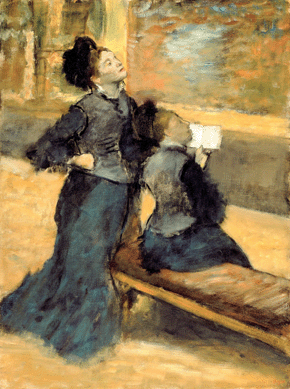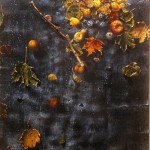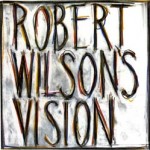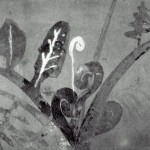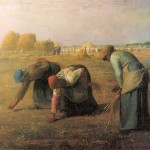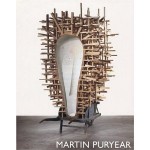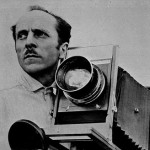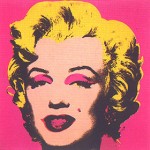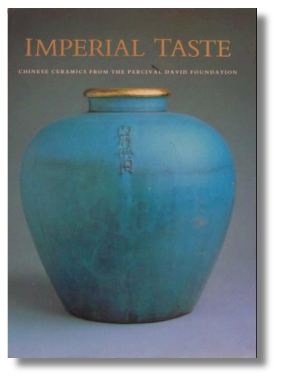John Singer Sargent
Tuesday, June 29th, 1999
He was the preeminent portrait painter of his day, and he gave it all up to paint landscapes. His private life is a mystery. His brushwork is still dazzling. JOHN SINGER SARGENT seems to have walked out of the pages of a novel by Henry James, who wrote of him: “Yes, I have always thought of Sargent as a great painter. He would be greater still if he had done one or two little things he hasn’t—but he will do.â€
Read the full article »

